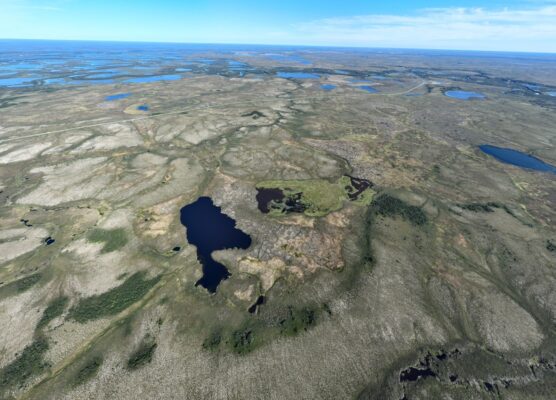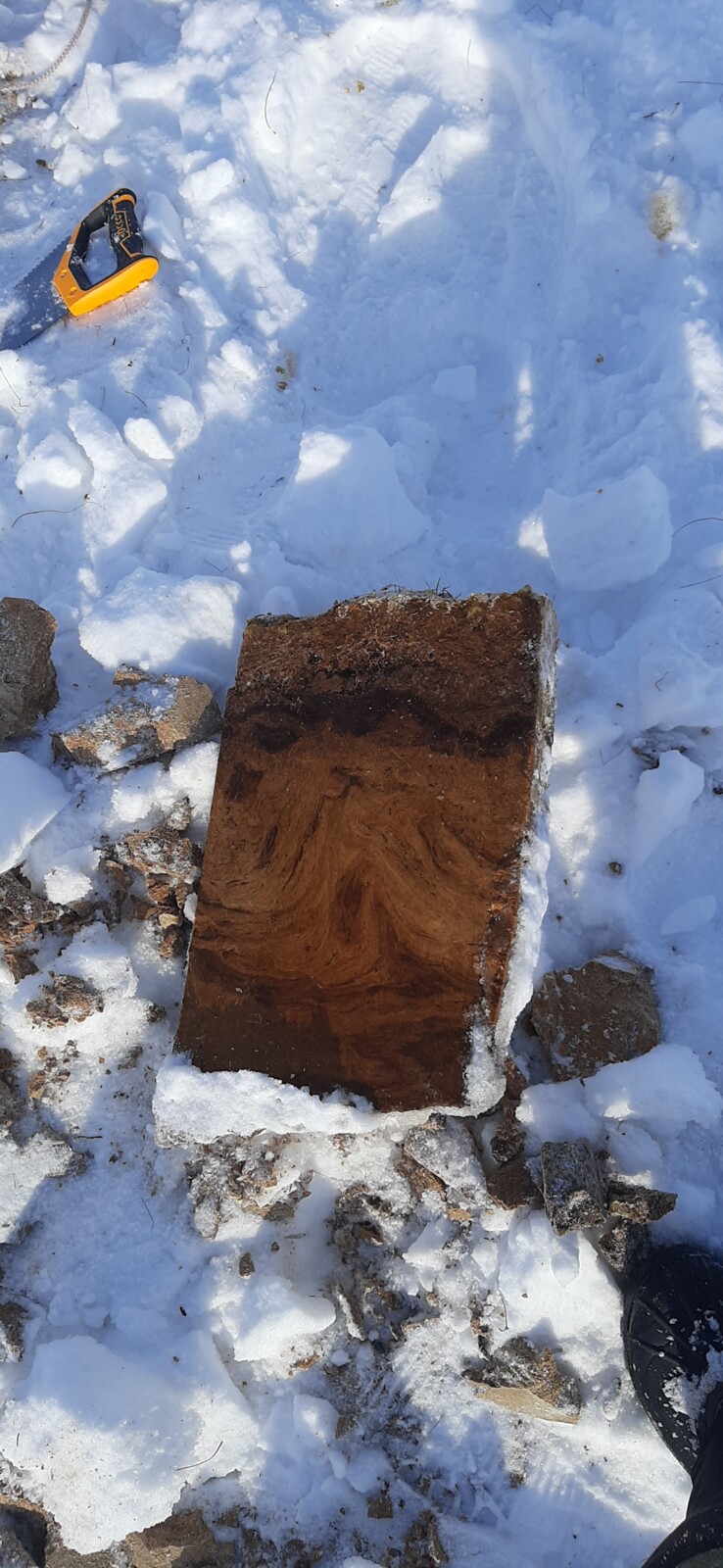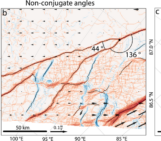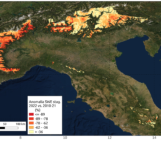
The cryosphere comprises all the ice on Earth, from glaciers in Antarctica, icebergs floating in the ocean, to millimetric ice found in the soils. Soil can hold ice wedges and ice lenses, but there are small ice reservoirs that are usually overlooked: the pore ice. Pore ice is an unknown compartment whose role regarding matter degradation is yet to be determined… stay with us and you will see that it is always the organic matter that matters.
From water to ice, from ice to water
Pore ice is found in soil porosity, which is highly dependent on the soil type. Soil porosity is especially high in peatlands, which (you guessed it!) form great land extensions in the Arctic. Peat formation is favoured by low-temperature environments, as the decomposition of organic matter slows down, allowing an accumulation of plants debris. As many peatlands are also wetlands, under certain conditions, water will freeze, forming the biggest fridge in the world: permafrost peatlands (Fig. 1).
Among the ice forms that can be found in permafrost peatlands, it is pore ice in the frozen layer that is mostly vulnerable to temperature raise. Each winter soil reaches freezing point water temperatures, leading to the formation of pore ice at the surface layer (active layer). As temperature continues to decrease, ice formation migrates downwards in the soil (ice front). At the permafrost table in depth, pore ice migration occurs upwards. Under the permafrost table, water remains frozen for longer periods, even thousands of years. When spring arises, ice that has been formed within the active layer starts to thaw. Consequently, this freshly input of water joins the waterflow over the permafrost table (suprapermafrost flow, Fig. 2), whose discharge will eventually reach surface waters, as lakes and rivers. As temperature will rise with climate change, the permafrost table lowers, so deeper ice may potentially be affected. Then, this newly thawed water joins the flow, and it may constitute an important input for surface waters.
Temperature also affects the state of the organic soils: as it rises, organic matter breakdowns faster, increasing greenhouse gas (GHG) emissions into the atmosphere. This will cause temperatures to rise even more, driving an increase in organic matter breakdown, and consequently releasing more GHG. This process considers most of the organic matter coming from the solid phase of permafrost, though the contribution from the pore ice pool remains to be addressed. Could there be an unknown organic matter pool that will be easily mobilised?
The fridge is open!

Figure 2: Close-up of a soil sample from a permafrost peatland; the folds observed at the active layer demonstrates the suprapermafrost flow that occurs during thawing season. [Credits: Artem Lim]
Readily available substrate for bacterial metabolism, such as organic matter, means that CO2 and CH4 will be produced at a higher rate than expected. Once these currently unaccounted GHG are liberated into the atmosphere, the climate change loop is reinforced. Therefore, it is paramount to understand processes that lead to an accumulation of easily degradable organic matter in ice, as they may constitute a potential stock that has been overlooked by climate models. In other words, the fridge door is open, and yummy food for bacteria is ready to be served… with unexpected consequences!
Further reading
• Further information about biogeochemical composition in the permafrost active layer: Raudina et al. (2017). Dissolved organic carbon, major and trace element in peat pore water of sporadic, discontinuous and continuous permafrost zone of Western Siberia. Biogeosciences Discussions, 1‑30.
• More about ice thawing: Blog post by Laura Helene Rasmussen: Image of the week – When the dirty cryosphere destabilizes!
• More about organic matter estimation in ice wedges in permafrost: Strauss et al. (2022). A globally relevant stock of soil nitrogen in the Yedoma permafrost domain. Nature Communications, 13(1), 6074.
Edited by Lina Madaj




